Rugs PLEASE NOTE: Shopping cart is not enabled. Note rug SKU# and email us.
- You cannot add "Turkey 3’1” x 4’8”" to the cart because the product is out of stock.
Showing 1–40 of 273 results
-

Afghanistan 3’6″ x 6’1″
$320.00Bahor woven by Pashtun and Baluch tribes in eastern Afghanistan
-

Authentic Turkish 3’10” x 6’8″
$575.00Authentic Turkish
-
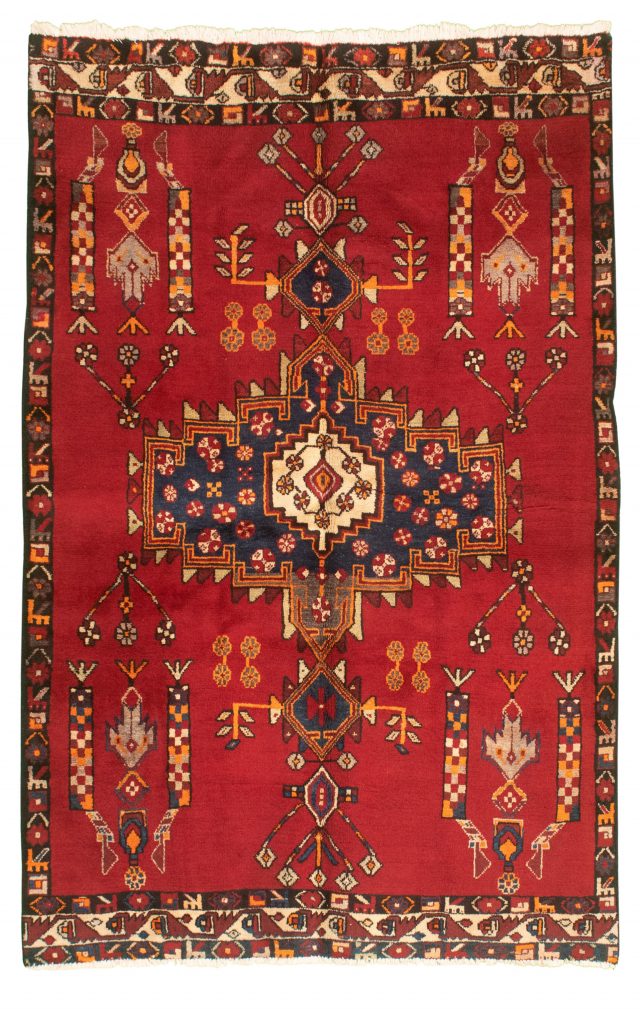
Turkey 4’7″ x 7’3″
$675.00Kula woven in the Caucausus region of Turkey
-
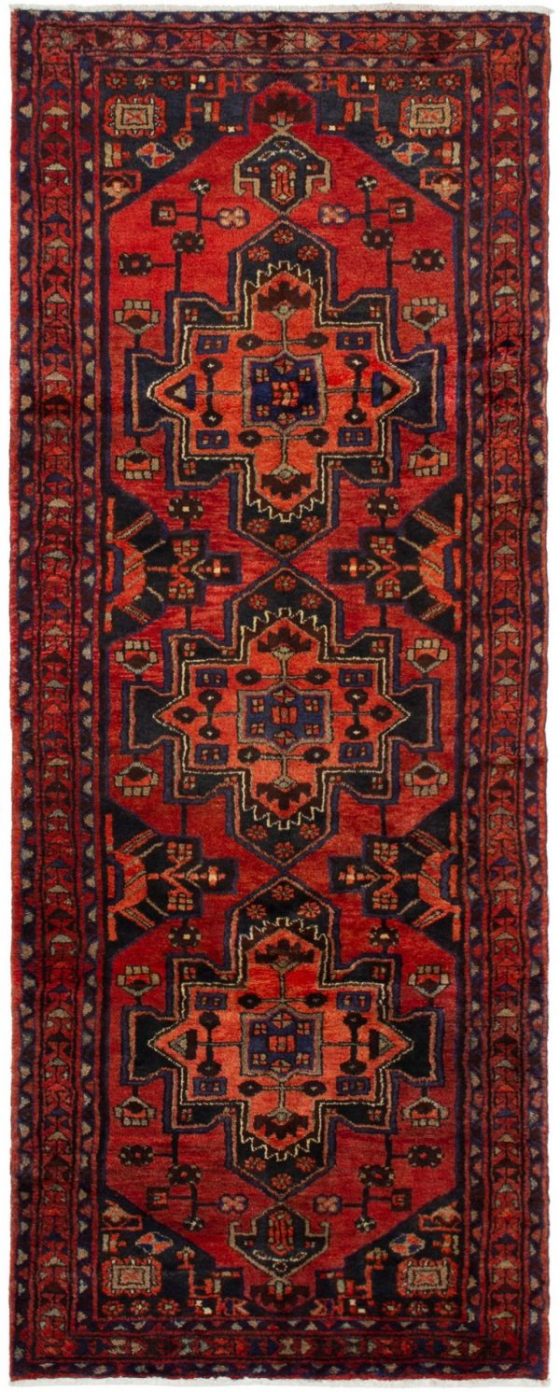
Iran 3’5″ x 9’6″
$650.00Persian tribal woven in Iran
-
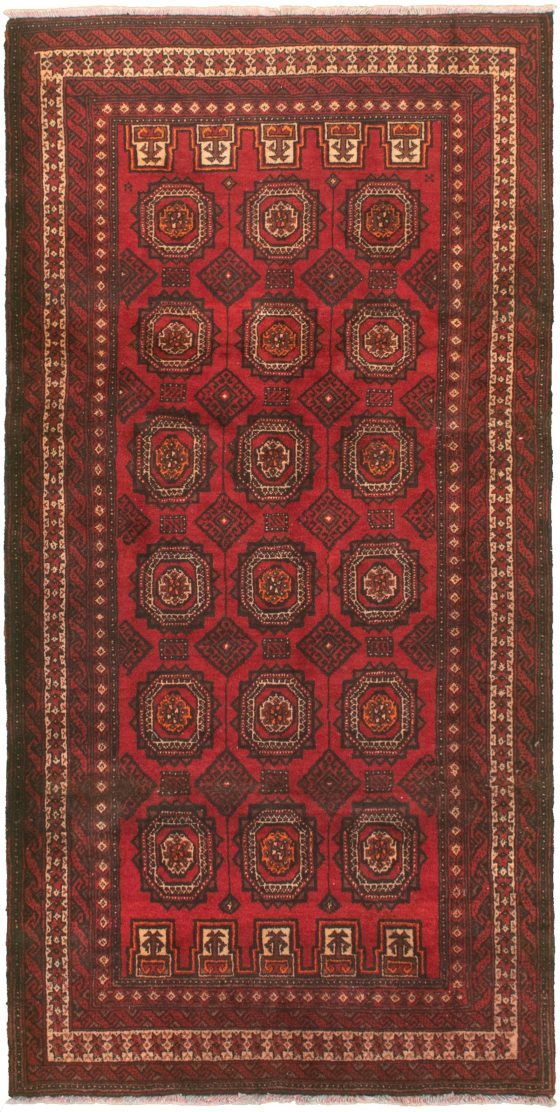
Afghanistan 3’3″ x 6’9″
$425.00Akhjah hand knotted wool
-

India 2’8”x 6’6”
$240.00Soft and durable, this is a beautiful hand-loomed reversible 100% wool dhurrie from central India.
-

Afghanistan 3’8” x 6’5”
$515.00Akhjah tribal 100% wool handwoven by the Esari Turkmen of Northern Afghanistan.
-
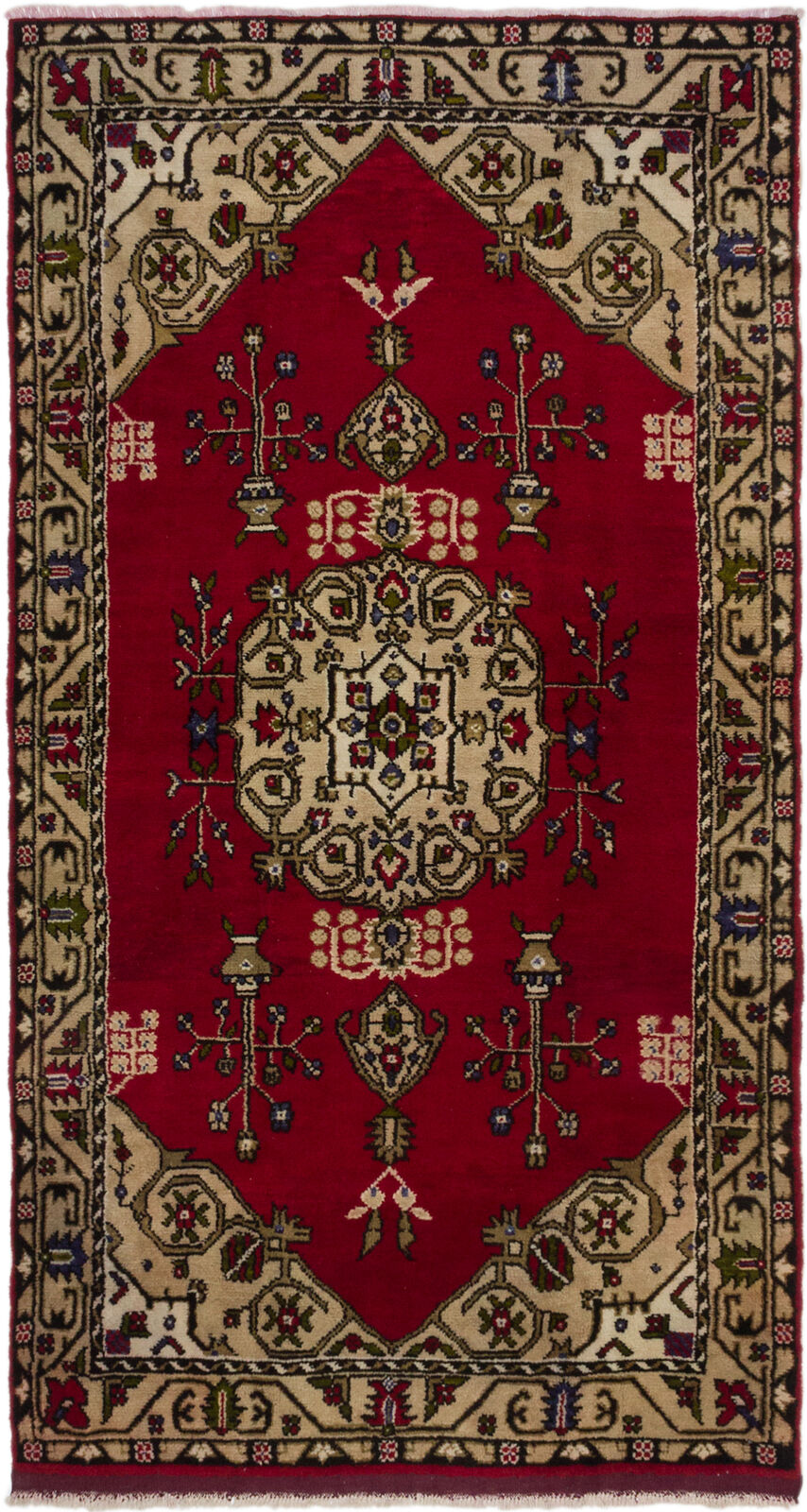
Turkish 5′ x 9′.6
$760.00Turkish Konya Anatolian hand-knotted, dark burgundy.
-
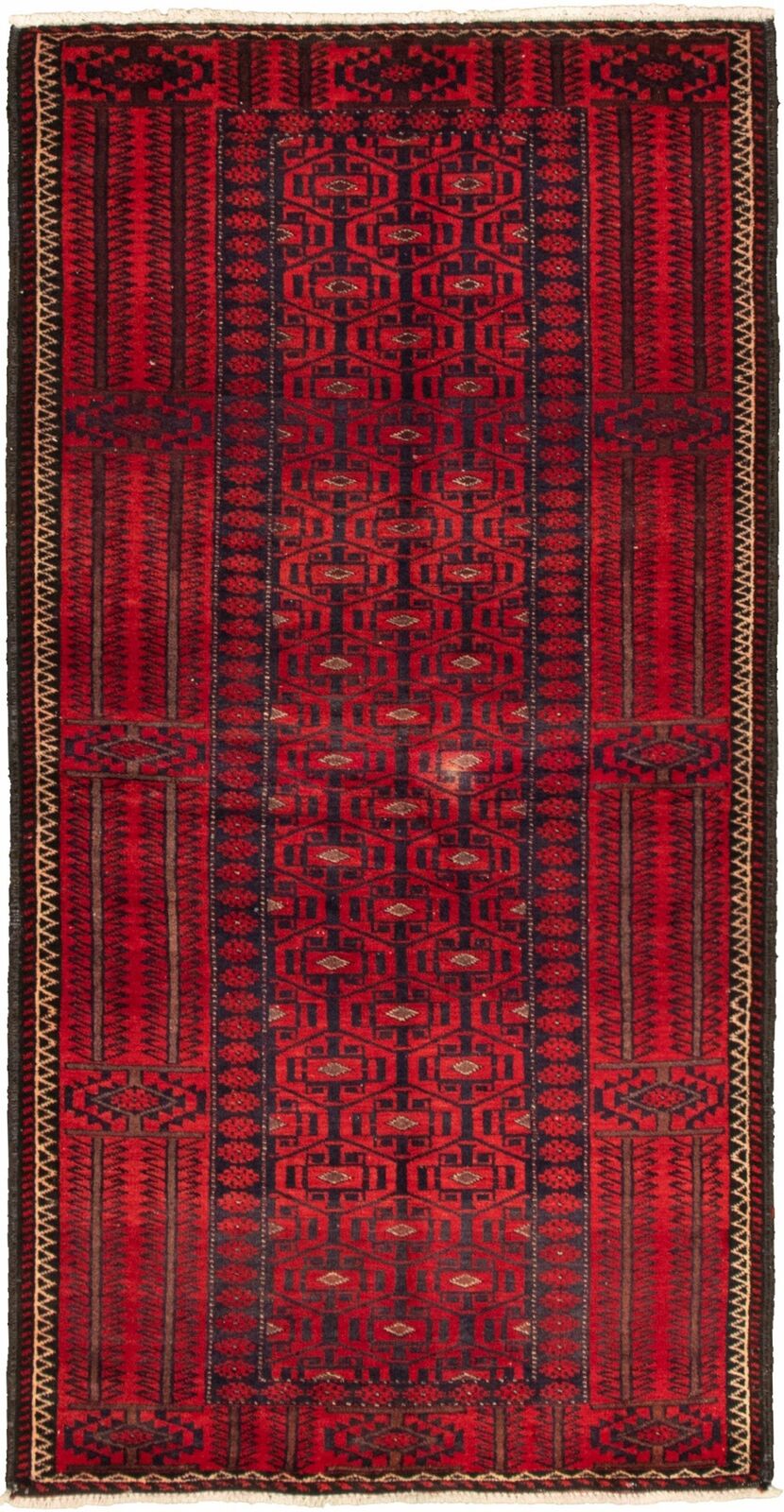
Afghan 3’3″ x 6’7″
$385.00Afghan Akhjah hand-knotted.
-

Persian Kashan 3’3″ x 5’1″
$375.00Kashan, in Isfahan province south of Tehran, has an artistic tradition that is centuries old, and in fact the Persian word for “tile” comes from it’s name. Partly mountain and partly desert, Kashan was a strategically located trade center, as well as a resort since ancient times, and was well known for its architecture and gardens. Kashan rugs are hand-knotted wool on a cotton base, and often use distinctive pastel colours to highlight the bold reds, blues and indigos. Typical Kashan patterns use palmettos, leaves and arabesques around a central medalion.
-

Persian Borchelu 3’7″ x 4’11”
$400.00Borchelu is a small village in Hamadan province, in the north-east of Iran, and the people are still largely nomadic. Borchelu rugs are mostly woven by women, with the distinctive floral medallion surrounded by complex leaf, vine and flower motifs passed down through the generations. Hand-knotted wool on a cotton foundation, these rugs are famous for the use of rust, ivory, camel and green dyes.
-

Persian Mahal 3’7″ x 4’11”
$400.00Mahal rugs take their name from the village of Mahallat, in the province of Arak, a famous rug producing area in north-central Iran. Weaving is a cottage industry in the area, and many families have been knotting these distinctive rugs, often with a relatively thick wool pile on a cotton foundation, since the 19th C.
-

Persian Hamadan 3’7″ x 6’3″
$500.00Hamadan, an ancient city on the Silk Road west of Tehran, is a famous carpet weaving center. At an elevation of 1,850m above sea level – nearly a mile high – the local herders have long produced abundant, thick wool, and have had a need for the insulation of wool carpets during the long cold winters. The old Hamadan carpets – from the early 1900’s – have a weft of wool, but the base is now predominantly cotton. Nevertheless, the traditional medallion motifs and patterns hand-knotted in indigo blue and madder red, are the same as they have been for centuries.
-

Persian Hamadan 3’9″ x 6’1″
$515.00Hamadan, an ancient city on the Silk Road west of Tehran, is a famous carpet weaving center. At an elevation of 1,850m above sea level – nearly a mile high – the local herders have long produced abundant, thick wool, and have had a need for the insulation of wool carpets during the long cold winters. The old Hamadan carpets – from the early 1900’s – have a weft of wool, but the base is now predominantly cotton. Nevertheless, the traditional medallion motifs and patterns hand-knotted in indigo blue and madder red, are the same as they have been for centuries.
-

Persian Hamadan 3’7″ x 6’8″
$540.00Hamadan, an ancient city on the Silk Road west of Tehran, is a famous carpet weaving center. At an elevation of 1,850m above sea level – nearly a mile high – the local herders have long produced abundant, thick wool, and have had a need for the insulation of wool carpets during the long cold winters. The old Hamadan carpets – from the early 1900’s – have a weft of wool, but the base is now predominantly cotton. Nevertheless, the traditional medallion motifs and patterns hand-knotted in indigo blue and madder red, are the same as they have been for centuries.
-

Persian Hamadan 3’3″ x 4’11”
$365.00Hamadan, an ancient city on the Silk Road west of Tehran, is a famous carpet weaving center. At an elevation of 1,850m above sea level – nearly a mile high – the local herders have long produced abundant, thick wool, and have had a need for the insulation of wool carpets during the long cold winters. The old Hamadan carpets – from the early 1900’s – have a weft of wool, but the base is now predominantly cotton. Nevertheless, the traditional medallion motifs and patterns hand-knotted in indigo blue and madder red, are the same as they have been for centuries.
-

Persian Lilihan 3’11” x 5’3″
$465.00Lilihan is a village in the south of Arak province, an area of north central Iran famous for it’s rug weaving. The Lilihan weavers are mostly ethnic Armenians, and still use a typically Turkish knot style. Like nearby Kashan, the patterns often use palmettos, leaves and arabesques around a central medalion.
-

Mahal 3’7 x 4’11 $390
$390.00Mahal rugs take their name from the village of Mahallat, in the province of Arak, a famous rug producing area in north-central Iran. Weaving is a cottage industry in the area, and many families have been knotting these distinctive rugs, often with a relatively thick wool pile on a cotton foundation, since the 19th C.
-
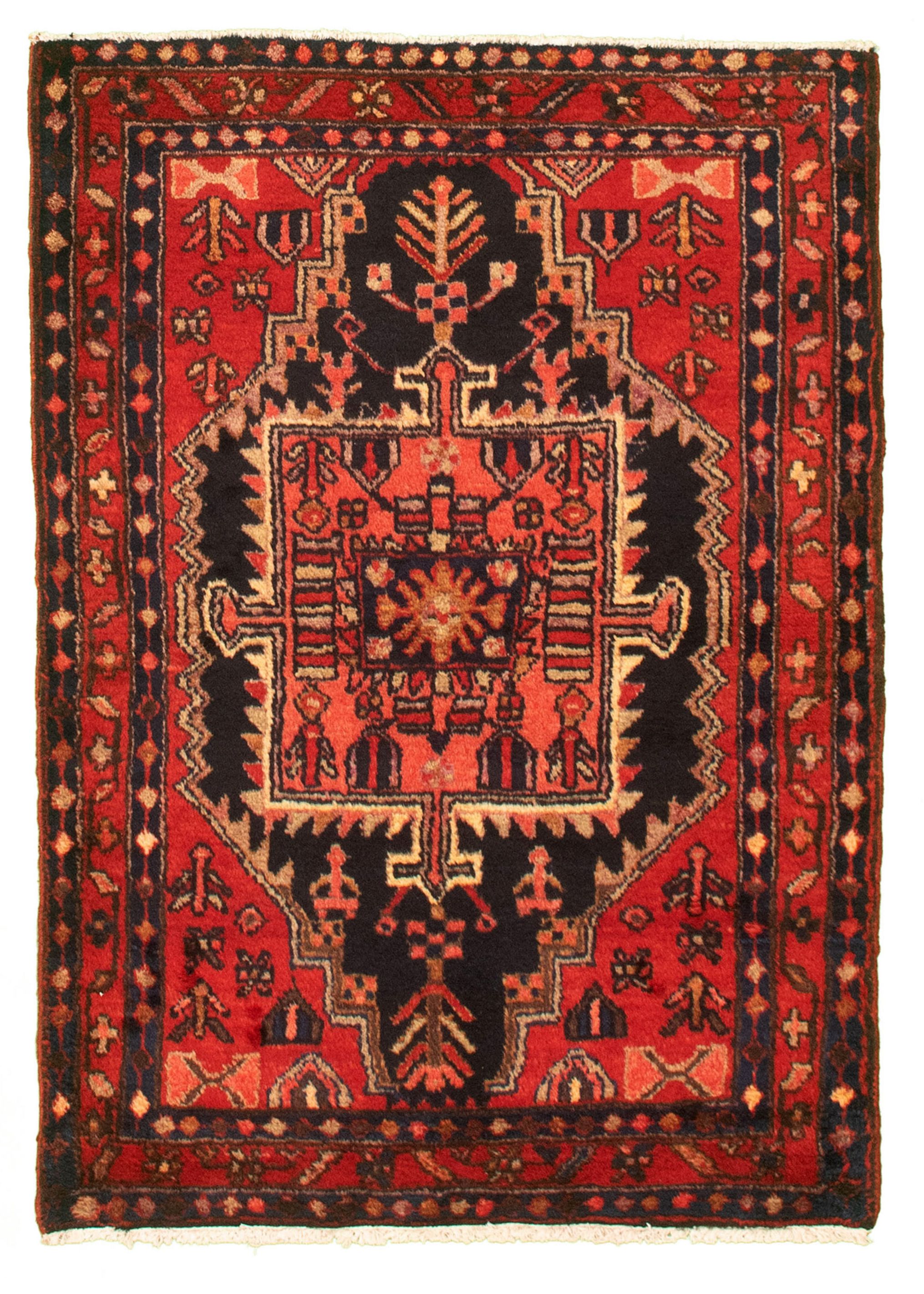
Hamadan 3’4 x 4’10 $465
$365.00Hamadan, an ancient city on the Silk Road west of Tehran, is a famous carpet weaving center. At an elevation of 1,850m above sea level – nearly a mile high – the local herders have long produced abundant, thick wool, and have had a need for the insulation of wool carpets during the long cold winters. The old Hamadan carpets – from the early 1900’s – have a weft of wool, but the base is now predominantly cotton. Nevertheless, the traditional medallion motifs and patterns hand-knotted in indigo blue and madder red, are the same as they have been for centuries.
-

Hamadan 3’7 x 4’11 $390
Hamadan, an ancient city on the Silk Road west of Tehran, is a famous carpet weaving center. At an elevation of 1,850m above sea level – nearly a mile high – the local herders have long produced abundant, thick wool, and have had a need for the insulation of wool carpets during the long cold winters. The old Hamadan carpets – from the early 1900’s – have a weft of wool, but the base is now predominantly cotton. Nevertheless, the traditional medallion motifs and patterns hand-knotted in indigo blue and madder red, are the same as they have been for centuries.
-

Nahavand 3’5 x 4’11 $375
$375.00 -

Hamadan 3’7 x 5’5 $440
$440.00Hamadan, an ancient city on the Silk Road west of Tehran, is a famous carpet weaving center. At an elevation of 1,850m above sea level – nearly a mile high – the local herders have long produced abundant, thick wool, and have had a need for the insulation of wool carpets during the long cold winters. The old Hamadan carpets – from the early 1900’s – have a weft of wool, but the base is now predominantly cotton. Nevertheless, the traditional medallion motifs and patterns hand-knotted in indigo blue and madder red, are the same as they have been for centuries.
-

Hosseinabad 3’7 x 5’4 $430
$430.00Hosseinabad is a village in Hamadan Province, in the north-east of Iran. Like the Hamadan rugs, these are made by a nomadic population living in the rugged, mountainous terrain who are traditional herders, and produce opulent, thick wool. Hosseinabad rugs still maintain a distinctive style, and have an excellent reputation for their high quality.
-
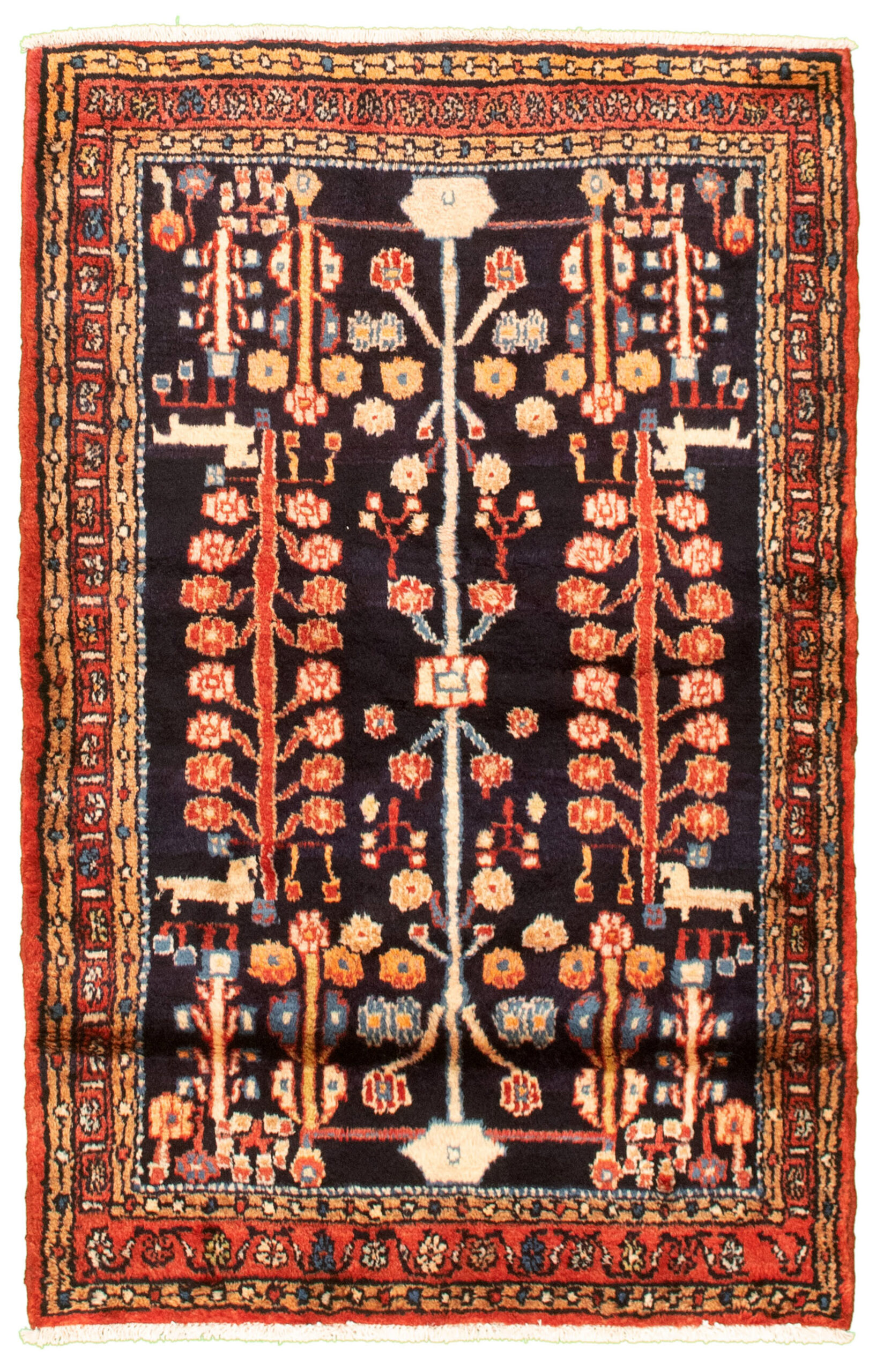
Hamadan 3’8 x 5’9 $470
$470.00Hamadan, an ancient city on the Silk Road west of Tehran, is a famous carpet weaving center. At an elevation of 1,850m above sea level – nearly a mile high – the local herders have long produced abundant, thick wool, and have had a need for the insulation of wool carpets during the long cold winters. The old Hamadan carpets – from the early 1900’s – have a weft of wool, but the base is now predominantly cotton. Nevertheless, the traditional medallion motifs and patterns hand-knotted in indigo blue and madder red, are the same as they have been for centuries.
-

Hamadan 3’4 x 5’2 $385
$385.00Hamadan, an ancient city on the Silk Road west of Tehran, is a famous carpet weaving center. At an elevation of 1,850m above sea level – nearly a mile high – the local herders have long produced abundant, thick wool, and have had a need for the insulation of wool carpets during the long cold winters. The old Hamadan carpets – from the early 1900’s – have a weft of wool, but the base is now predominantly cotton. Nevertheless, the traditional medallion motifs and patterns hand-knotted in indigo blue and madder red, are the same as they have been for centuries.
-

Hamadan 3’5 x 5′ $390
$390.00Hamadan, an ancient city on the Silk Road west of Tehran, is a famous carpet weaving center. At an elevation of 1,850m above sea level – nearly a mile high – the local herders have long produced abundant, thick wool, and have had a need for the insulation of wool carpets during the long cold winters. The old Hamadan carpets – from the early 1900’s – have a weft of wool, but the base is now predominantly cotton. Nevertheless, the traditional medallion motifs and patterns hand-knotted in indigo blue and madder red, are the same as they have been for centuries.
-

Hamadan 3’7 x 5’4 $435
$435.00Hamadan, an ancient city on the Silk Road west of Tehran, is a famous carpet weaving center. At an elevation of 1,850m above sea level – nearly a mile high – the local herders have long produced abundant, thick wool, and have had a need for the insulation of wool carpets during the long cold winters. The old Hamadan carpets – from the early 1900’s – have a weft of wool, but the base is now predominantly cotton. Nevertheless, the traditional medallion motifs and patterns hand-knotted in indigo blue and madder red, are the same as they have been for centuries.
-
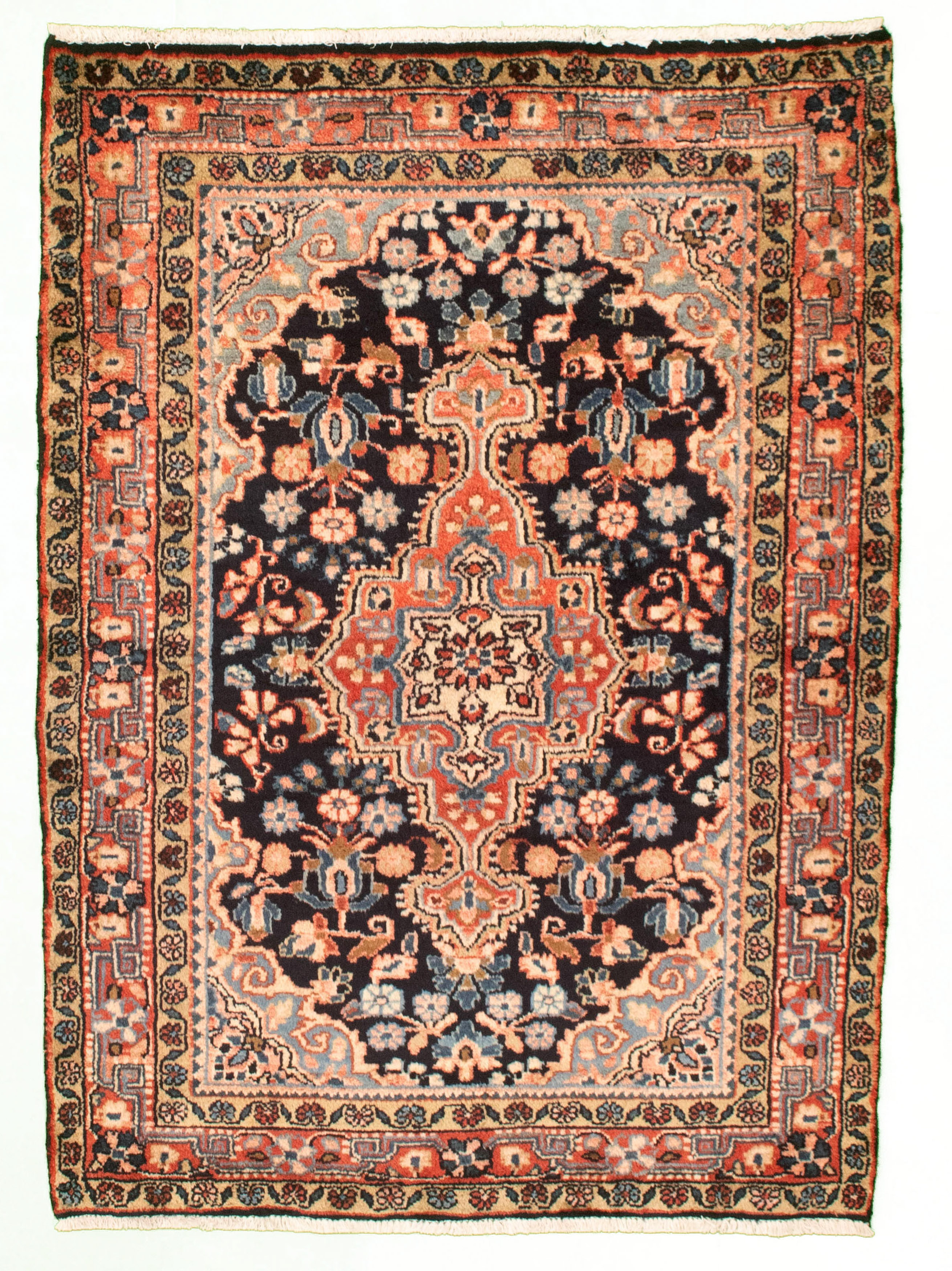
Mahal 3’10 x 5’4 $465
$465.00Mahal rugs take their name from the village of Mahallat, in the province of Arak, a famous rug producing area in north-central Iran. Weaving is a cottage industry in the area, and many families have been knotting these distinctive rugs, often with a relatively thick wool pile on a cotton foundation, since the 19th C.
-

Hosseinabad 2’8 x 6’4 $385
$385.00Hosseinabad is a village in Hamadan Province, in the north-east of Iran. Like the Hamadan rugs, these are made by a nomadic population living in the rugged, mountainous terrain who are traditional herders, and produce opulent, thick wool. Hosseinabad rugs still maintain a distinctive style, and have an excellent reputation for their high quality.
-

Nahavand 2’10 x 6’6 $425
$425.00Nahavand is a village in Hamadan province in the north west of Iran, an area famous for rug making. The carpets often have a “leaf-like” medallion in the middle with flowers and twigs in the background,and a border with flowers and vases.
-

Hosseinabad 2’11 x 6’9
$450.00Hosseinabad is a village in Hamadan Province, in the north-east of Iran. Like the Hamadan rugs, these are made by a nomadic population living in the rugged, mountainous terrain who are traditional herders, and produce opulent, thick wool. Hosseinabad rugs still maintain a distinctive style, and have an excellent reputation for their high quality.
-

Hosseinabad 2’4 x 6’4 $330
$330.00Hosseinabad is a village in Hamadan Province, in the north-east of Iran. Like the Hamadan rugs, these are made by a nomadic population living in the rugged, mountainous terrain who are traditional herders, and produce opulent, thick wool. Hosseinabad rugs still maintain a distinctive style, and have an excellent reputation for their high quality.
-

Hamadan 2’5 x 6′ $320
$320.00Hamadan, an ancient city on the Silk Road west of Tehran, is a famous carpet weaving center. At an elevation of 1,850m above sea level – nearly a mile high – the local herders have long produced abundant, thick wool, and have had a need for the insulation of wool carpets during the long cold winters. The old Hamadan carpets – from the early 1900’s – have a weft of wool, but the base is now predominantly cotton. Nevertheless, the traditional medallion motifs and patterns hand-knotted in indigo blue and madder red, are the same as they have been for centuries.
-

Hosseinabad 3’5 x 5’3 $400
$400.00Hosseinabad is a village in Hamadan Province, in the north-east of Iran. Like the Hamadan rugs, these are made by a nomadic population living in the rugged, mountainous terrain who are traditional herders, and produce opulent, thick wool. Hosseinabad rugs still maintain a distinctive style, and have an excellent reputation for their high quality.
-

Arak 3’4 x 4’11 $375
$375.00Arak is a city on the central plateau, south of Tehran.
-

Arak 3’4 x 5’2 $390
$390.00Arak is a city on the central plateau, south of Tehran.
-
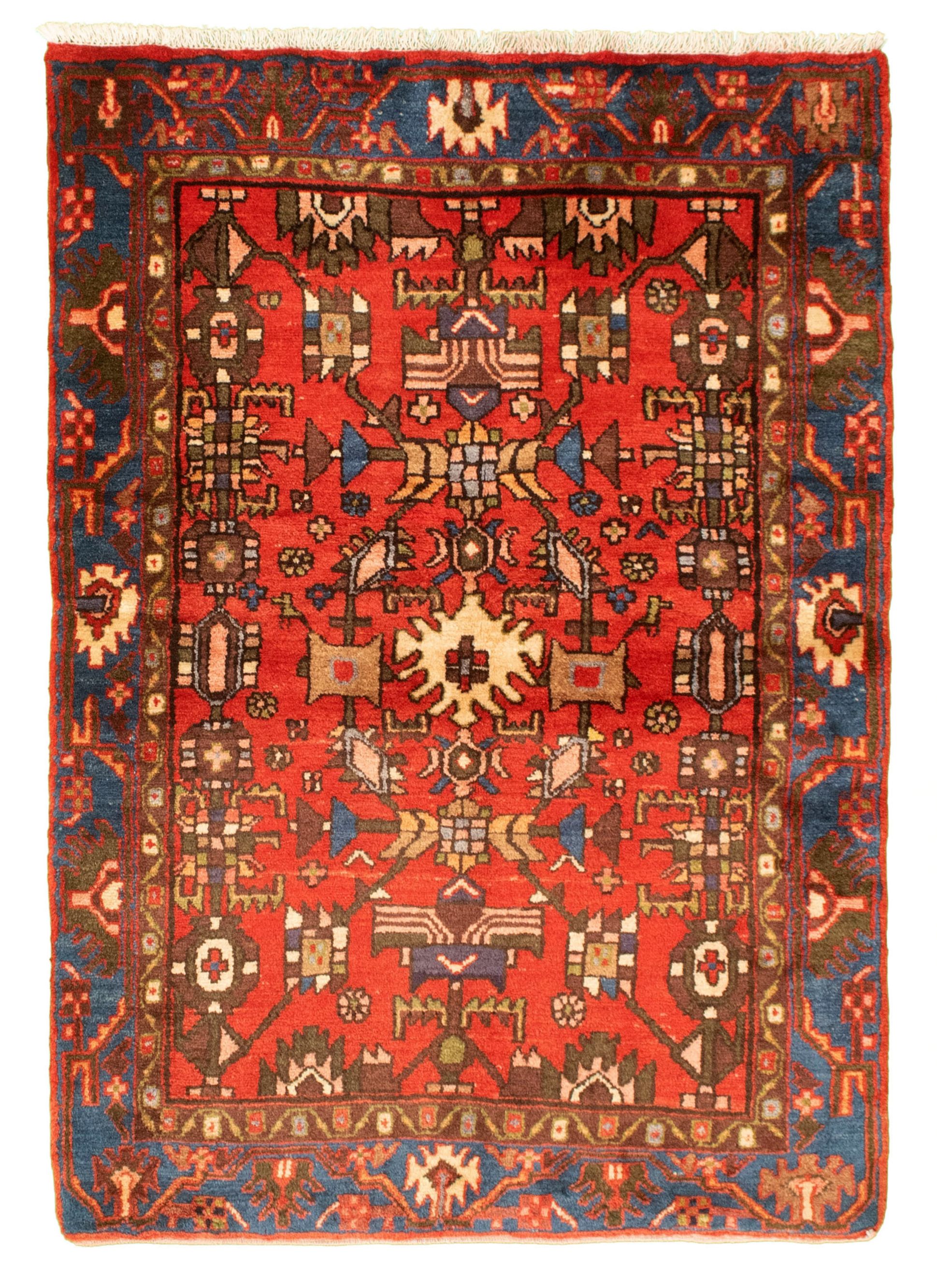
Hamadan 3’8 x 5’3 $435
$435.00Hamadan, an ancient city on the Silk Road west of Tehran, is a famous carpet weaving center. At an elevation of 1,850m above sea level – nearly a mile high – the local herders have long produced abundant, thick wool, and have had a need for the insulation of wool carpets during the long cold winters. The old Hamadan carpets – from the early 1900’s – have a weft of wool, but the base is now predominantly cotton. Nevertheless, the traditional medallion motifs and patterns hand-knotted in indigo blue and madder red, are the same as they have been for centuries.
-

Nahavand 3’3 x 6’3 $460
$460.00Nahavand is a village in Hamadan province in the north west of Iran, an area famous for rug making. The carpets often have a “leaf-like” medallion in the middle with flowers and twigs in the background,and a border with flowers and vases.
-

Hamadan 3’5 x 4’11 $375
$375.00Hamadan, an ancient city on the Silk Road west of Tehran, is a famous carpet weaving center. At an elevation of 1,850m above sea level – nearly a mile high – the local herders have long produced abundant, thick wool, and have had a need for the insulation of wool carpets during the long cold winters. The old Hamadan carpets – from the early 1900’s – have a weft of wool, but the base is now predominantly cotton. Nevertheless, the traditional medallion motifs and patterns hand-knotted in indigo blue and madder red, are the same as they have been for centuries.
-

Melis 3’3 x 4’11 $365
$365.00Handwoven in southern Anatolia, the Melis rugs feature designs unchanged since the 19th C, woven with wool on a cotton base.
